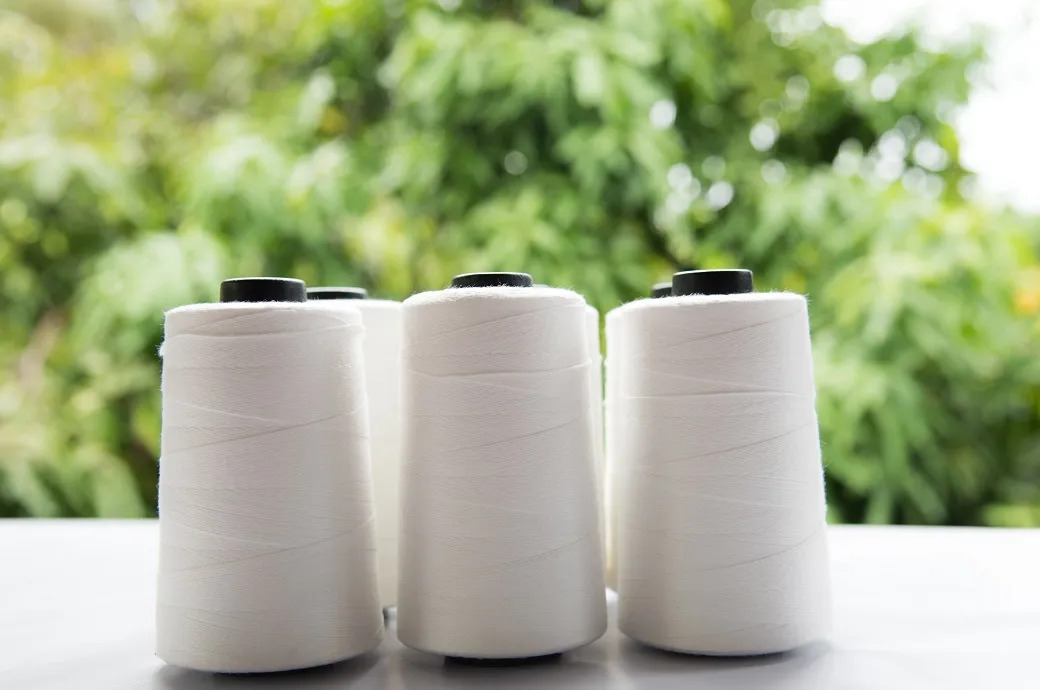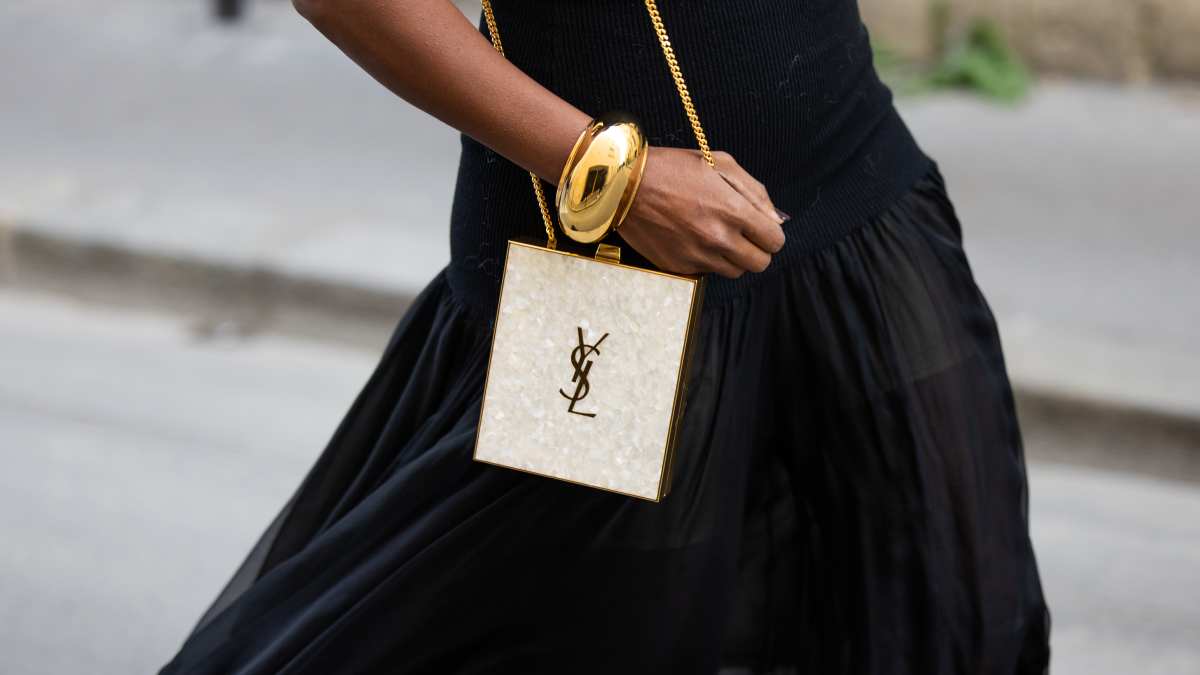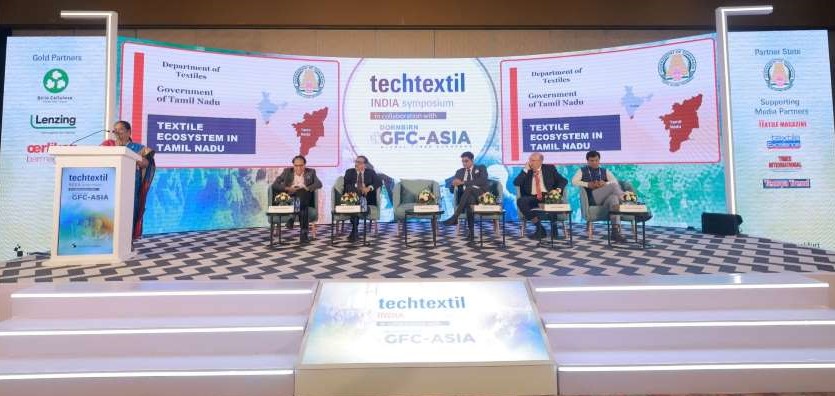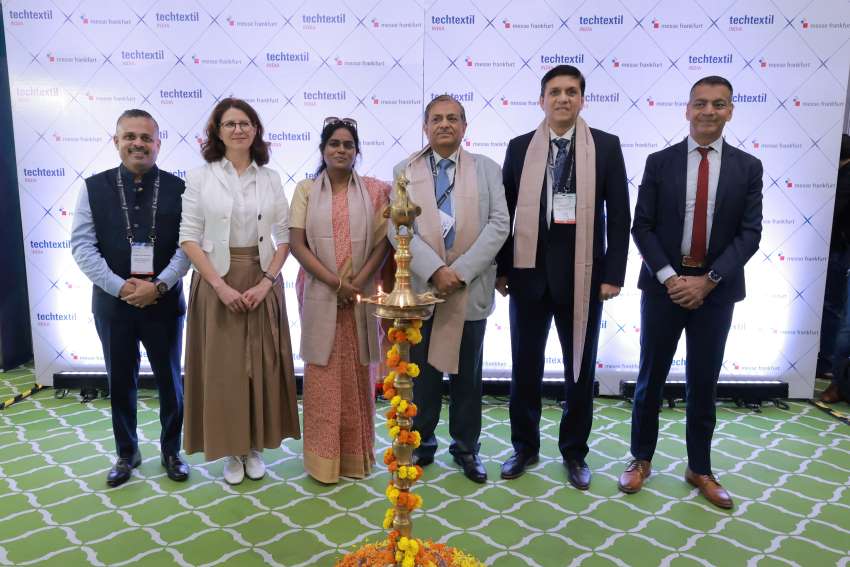
Year 2023 shows a greater acceptance and following of gender-fluid fashion as detailed research in the just published Business of Fashion and McKinsey & Company’s report ‘State of Fashion 2023’ reveals. Gen Z is the key segment driving popularity as this generation does not identify their gender on static lines like their previous generations. Markets leading genderless clothing are Northern Americas, Europe, Japan and Korea.
Growing acceptance to drive market
In a survey conducted among top industry executives during the compilation of this report, 73 per cent of American respondents said they would consider buying genderless clothing whereas 36 per cent respondents said they already had, making the US youngsters leading the world on this fashion trend. Interestingly, fashion hubs like France and Italy showed 58 and 67 per cent respondents willing to buy whereas only 22 and 21 per cent respondents had already bought genderless clothing in these two countries respectively.
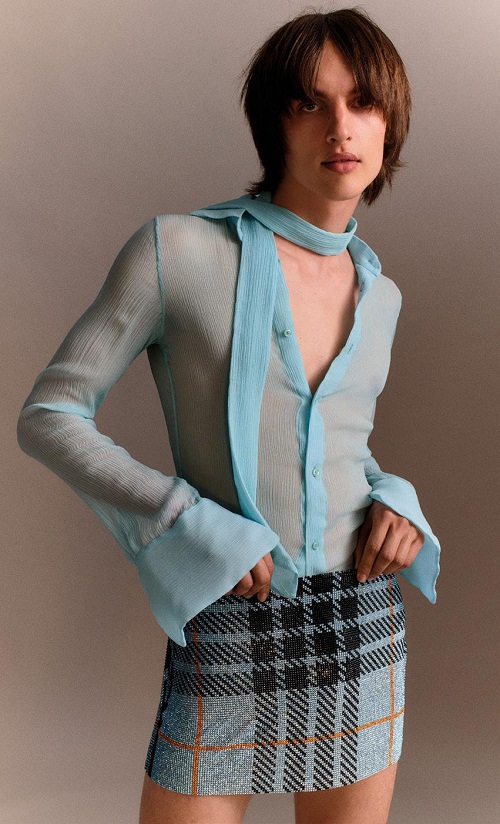
The survey also indicated that amongst Gen Z respondents, below 20 years of age are more likely to buy clothes that are gender-fluid and 56 per cent of this target group said they prefer buying clothes that are not gender specific. This group of young consumers is the future customer of fashion brands as by 2036, they would represent the largest segment in the fashion sector. A lot can be said about the influence of pop culture in the changing attitudes towards gender-fluid fashion. A fashion app Lyst said they saw a 33 per cent increase in searches ‘gender neutral’ in 2021. The Korean search engine Naver reported similar searches rising since 2020. Sale of handbags has reiterated this shift in many ways. The RealReal site that resells pre-loved luxury items reported that men’s interest in the iconic Birkin bag has grown considerably and when it comes to purchase of luxury handbags, men are beginning to catch up with women in terms of numbers. “Gender neutral is not a trend, it’s a reality,” said Jonathan Anderson, Creative Director of Loewe and founder of label JW Anderson, in 2021. “My whole philosophy is that you cannot tell people what to wear. You’re not allowed to say: ‘I want this to be bought by a woman or by a man’.” According to Brigitte Chartrand, senior director of womenswear buying for online luxury boutique Ssense, “Modernised merchandising techniques can help brands sell products to a wider range of customers. For example, Ssence presents men’s pieces in its womenswear offering based on cut, fit, size or styling.”
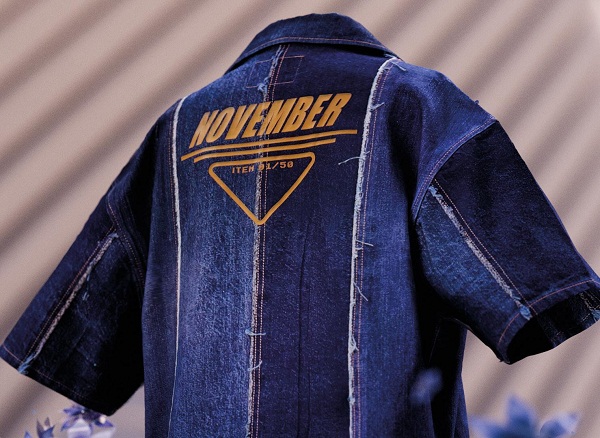
Many brands adopt ‘Made for All’ categories
Many brands have decided to do away with gender-based categories for all or some of their clothing lines. ‘Made for All’ is Uniqlo’s collection that was presented within men’s and women’s collections on their online and ins-store channels. The collection met with great success in most Western countries. Phluid Project, the NYC clothing label has stopped clothing by gender completely. Depop, the online resale platform does not filter searches by gender unless at the request of the visitor.
Industry experts have advised fashion brands to know their young customers at a more personal level – demographics, markets and local cultures will be the key to success for gender-fluid fashion. Even in Europe, countries like Italy, Spain, Portugal, France and Poland will be harder to crack than the UK and the very-liberal Scandinavian countries. Similarly, with the exception of Japan and South Korea, at the present moment the rest of Asia, the subcontinent and the Middle East are not ready to embrace the concept enmasse.


